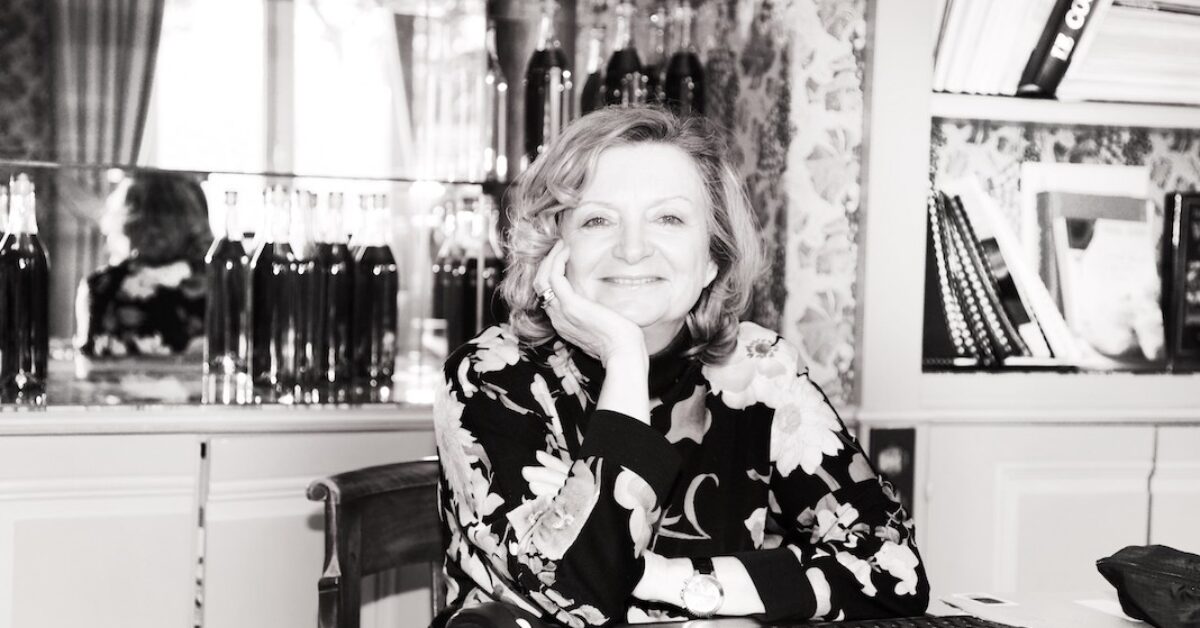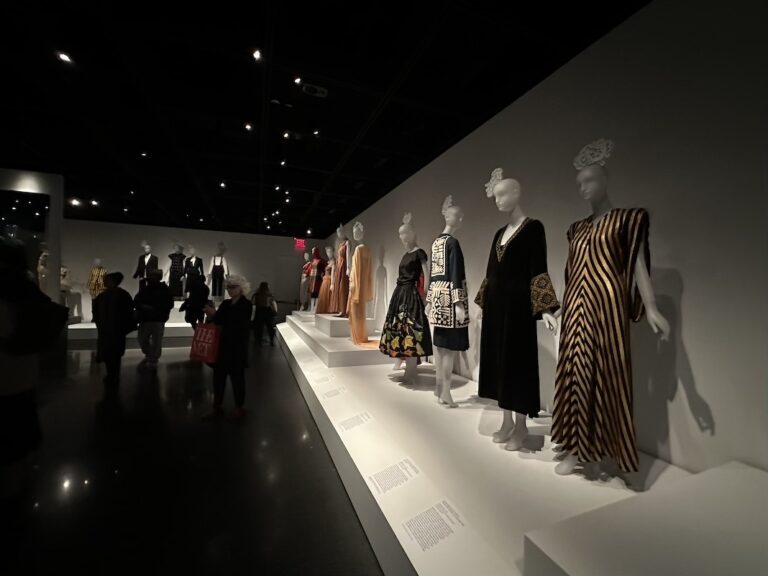Cognac has come a long way. Once a method for making bad wine from the department of Charente easier to transport, the brandy has since evolved into a totem of both rap stardom and highbrow mixology. Made from a specific breed of twice-distilled white wine grapes, cognac is an eau-de-vie unlike any other with a tumultuous history that is deeply entrenched in France’s physical and cultural landscape. Speaking about both her professional and personal cognac history is Bénédicte Hardy, a fifth generation in the House of Hardy cognacs and a worldwide Brand Ambassador.
Bénédicte spent ten years working as a maritime lawyer before realizing that it wasn’t what she wanted. After telling her family she wanted to go into the wine business, her father convinced her to join him in the cognac industry in 1986, despite the fact that—here’s the kicker—she didn’t like cognac. Bénédicte, in the throes of a lifetime love affair with the United States, told her father she wanted to take over the U.S. side of the business. “He said, ‘You’re crazy. That’s the most difficult one because it’s not one country, it’s 50 different countries.’”
Bénédicte was unruffled by the complicated inner workings of state by state distribution. She learned everything she knew about cognac from her uncle, who was Hardy’s blender at the time. Over time, she began to develop a love and appreciation for the eau-de-vie, later championing it in the United States and throughout the world. Bénédicte’s love for the States mirrors the passion her great-great grandfather, the Englishman Anthony Hardy, had for France, going so far as to choose the French cock as the symbol for the cognac company he founded in 1863. In a way, this mutual appreciation across cultures and languages is at the heart of both Hardy’s and cognac’s history.
Working as a woman in the spirits industry

“At the time when I started, there were very few women in this industry and it was not easy. Well, don’t get me wrong, it’s still not easy. There are plenty more, but most of the time they are hidden between either their winegrower husband or friend. When I started there was one lady Pierrette Trichet, who was the blender and the cell master [at Rémy]. Of course women were always in the vineyards… But in my role, there were very few and there are still very few.”
Cognac’s complicated history
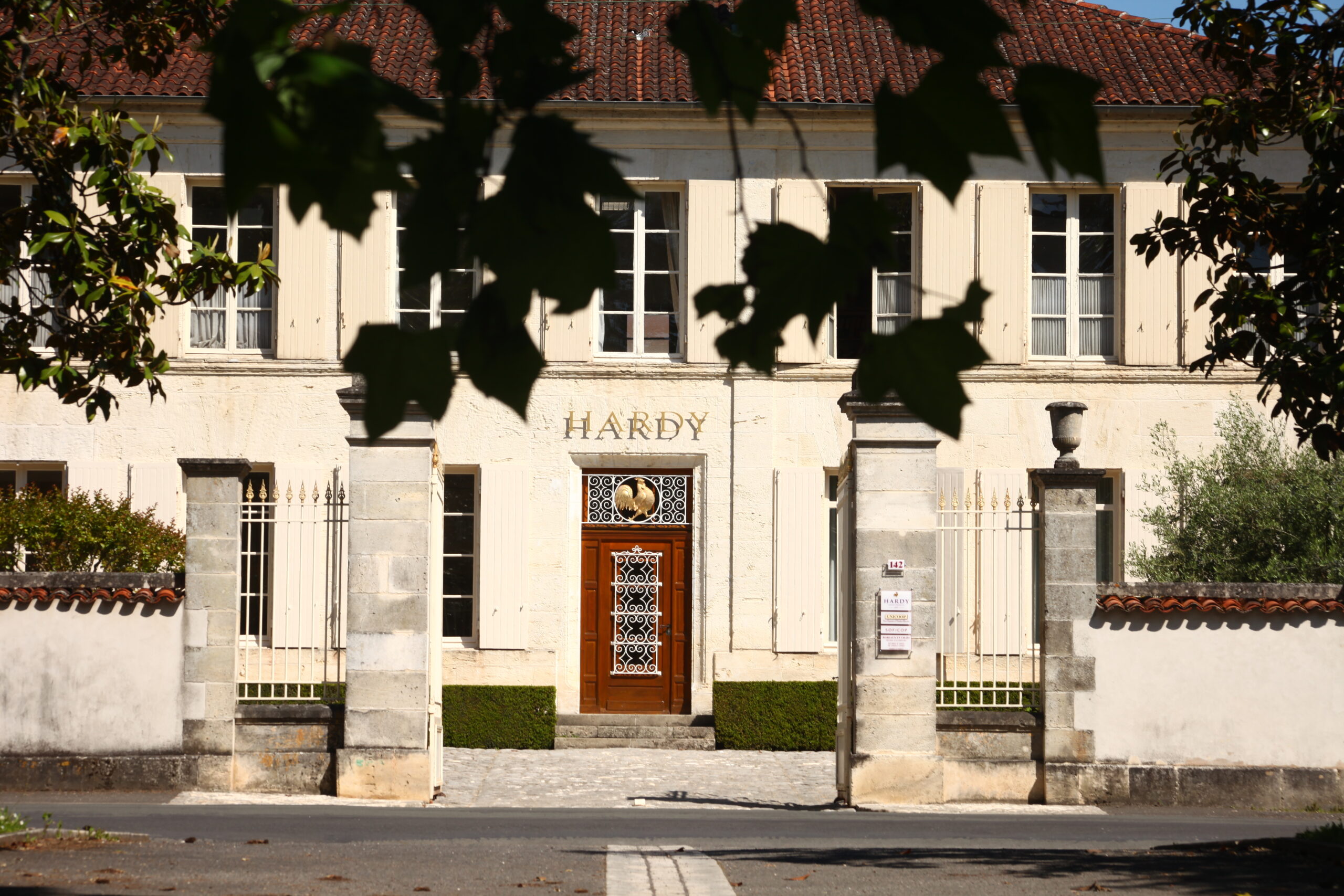
In fact, prior to Bénédicte Hardy and Pierrette Trichet, the only period in history when women were in charge of cognac distilleries was during World War I, when men were conscripted and women were left to manage the vineyards on their own. The work of women in Cognac during this period is so well documented that eaux-de-vie produced in 1914 have come to be known as part of the ‘Ladies Vintage.’
Cognac has an unusual tendency to survive wars, and fared well during World War II even while Nazi soldiers ransacked Champagne for all it was worth. A Cognac local of German origin, Lieutenant Gustav Klaebisch, was put in charge of Nazi forces in the region, and is credited with protecting the cognac cellars and vineyards from pillaging during the war.
Cognac owes many debts to foreigners for its survival and popularity. In the 17th century, it was English, Irish, and Dutch négociants who put cognac on the map when the English took a liking to French brandy, and they went on to develop an entire ecosystem in the region around exportation.
“Basically those merchants came to Cognac and realized there was an amazing treasure called the river Charente. Without that river, we would have never been able to place our products worldwide. Armagnac never had that chance. Calvados didn’t either, but cognac did,” Bénédicte mentions, drawing an important point that, had French geography been a little different, Jay-Z might own an Armagnac or Calvados company instead of one based in Cognac. “Because the Hennessys of the world understood very early on what they could do with that river, business flourished.”
This changed in the latter half of the 19th century, with the French phylloxera crisis when yellow lice decimated the leaves of grape vines and made the plants vulnerable to fungi, nearly destroyed the entire French wine industry in the late 1860s. With cognac, which is distilled from grapes, equally hit by the plague, the French turned to other popular beverages, like scotch and absinthe. While it licked its wounds, the wine industry began a smear campaign against the “green fairy,” or absinthe, the reverberations of which is still felt to this day.
Cognac vs. Scotch
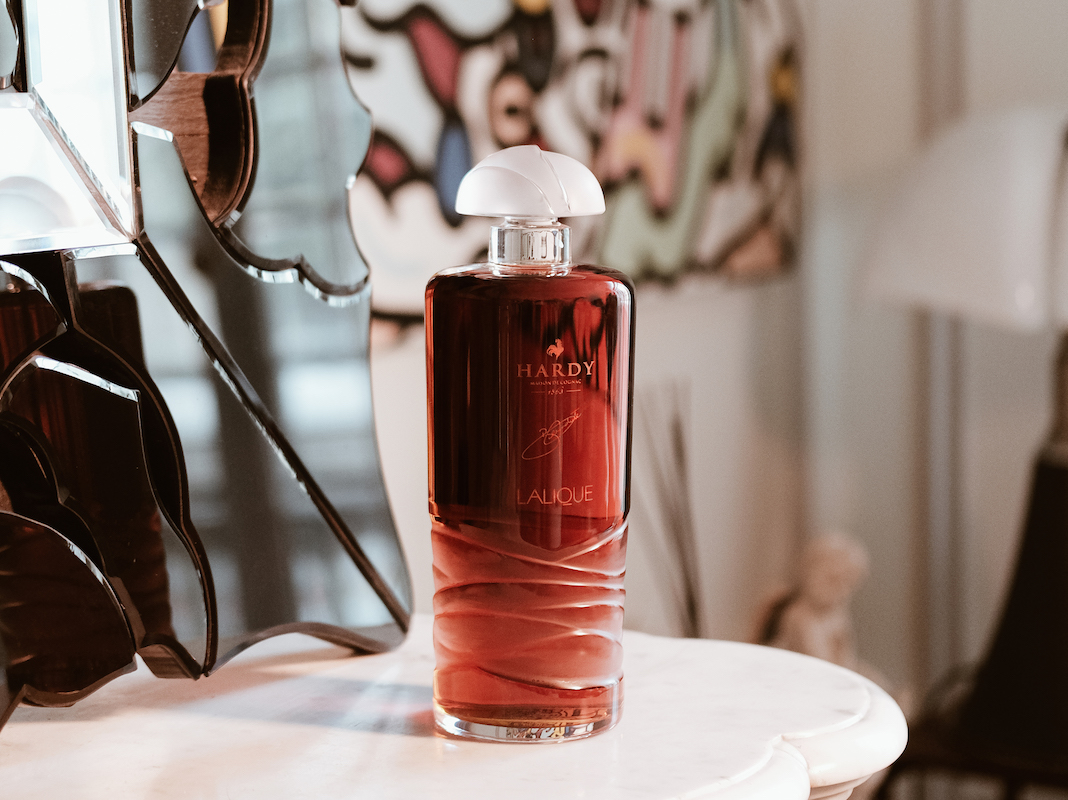
Before World War II, Bénédicte explains, cognac was a drink associated with a certain type of elevated, old world prestige, epitomized by actors like Jean Gabin ordering fine à l’eau (cognac with water) when out and about in the world. But the war changed things, pushing France farther towards foreign spirits. “The GIs, when they came in 1944, 1945, they brought scotch and it was very trendy.” Scotch became associated in France with Liberation and Hollywood cowboys and glamorous leading men, while cognac fell out of favor, with eau-de-vie producers refusing to cow tow to common grocery store distribution and changing tastes. With the French drinking scotch, cognac companies turned to exporting their brandy to thirsty foreigners, eventually turning America into the number one cognac market in the world.
“These four or five houses [Rémy, Hennessy, and Courvoisier, etc.] really do most of the business. But you have a few other houses, Delamain, Frapin, Ferrand, that are doing a pretty good business in the United States, mostly in young cognacs with VS and VSOP.” The terms VS and VSOP, which are actually English terms still used by the major French cognac houses, stand for “Very Special” and “Very Superior Old Pale,” and indicate that the cognac has been aged for at least two years or four years, respectively. The term XO, for “Extra Old,” is used to denote cognacs that have been aged at least ten years.
Cognac cocktails and food pairings (the important stuff!)
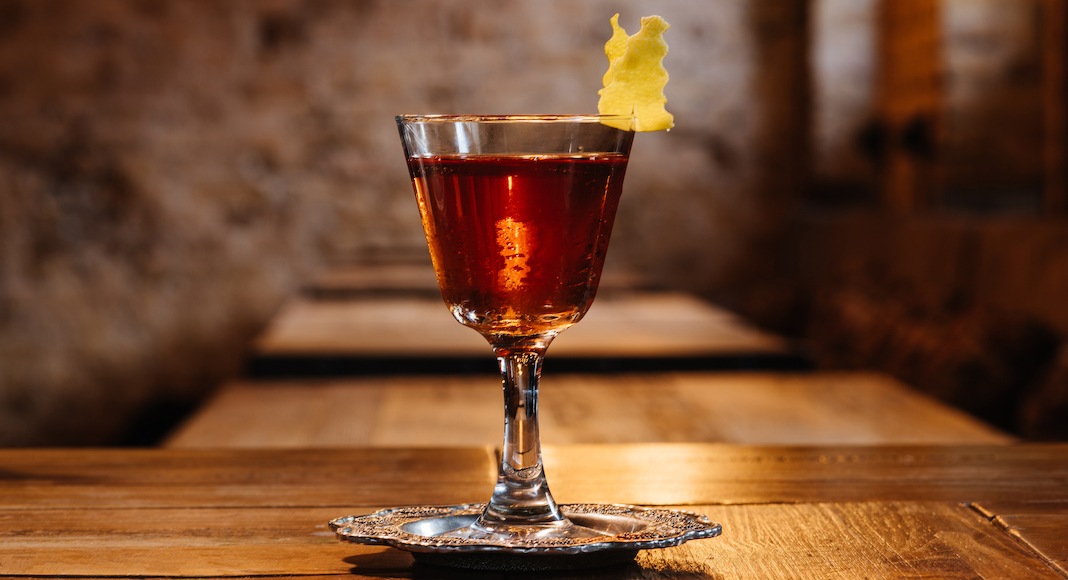
Cognac pairs well with dark chocolate or orange desserts, since many older cognacs have notes of orange. But for younger cognacs, the combination of sweet and sour in Vietnamese, Thai, or Chinese food works exceptionally well.
For cocktails, try a smoky Old Fashioned made with Hardy’s Legend cognac, which is something of a bridge between cognac and bourbon. Hardy’s organic VSOP can be used for a riff on a Strawberry Hennessy, with strawberry puree, lime juice, and brown sugar.
Another classic is a French 75 made with cognac, not gin, as would have been traditional in the early 20th century. “Remember that the most famous cocktails were made with cognac at the beginning in your country. All of them. And the problem was prohibition. When prohibition hit for 20 years, nobody had access to this product,” Bénédicte explains. With bathtub gin easier to get ahold of than imported brandy, cognac fell off the map in mixology for decades, developing a reputation as a drink to be sipped, not mixed. But that attitude is changing now.
“That’s what mixology is putting back on the map. Old Chartreuse, Suze, Combier, all these things that were not really promoted because for a long time everybody was looking for a cheap alternative to the real product. It’s not what young people want today. I think there is really a new consumer for us, which is a young person who is really interested in the story behind the brand.”
—
Catherine Rickman is a writer, professional francophile, and host of the Expat Horror Stories podcast. She is currently somewhere in Brooklyn with a fork in one hand and a pen in the other, and you can follow her adventures on Instagram @catrickman.

